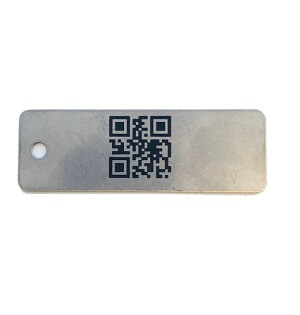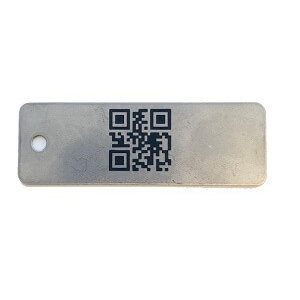-
myLab
-
Services
-
- Acid Number
- Analytical Ferrography
- Base Number: ASTM D2896 vs. D4739
- Crackle Test: Monitoring Water in Used Oil
- Demulsibility
- FTIR Direct Trend Methodology
- Fuel Distillation (ASTM D86)
- ISO Particle Count
- Karl Fischer Water Titration
- Optical Particle Classification (OPC)
- Remaining Useful Life Evaluation Routine (RULER)
- SEM-EDS Wear Debris Analysis
- Total Magnetic Iron (TMI)
- Varnish Potential
-
-
Sampling
-
- Coolant Sampling Procedures
- Grease Sampling Procedures
- Oil Sampling Basics (Short Course)
- Oil Sampling Procedures (Video)
- Oil Sampling Procedures: Good-Better-Best (PDF)
- Sample Collection Basics
- Sampling Oil Using a Drain Plug
- Sampling Oil Using a Pushbutton or KST-Series Valve
- Sampling Oil Using a Sample Pump
- Sampling Oil Using Thread-On Probe Style Valves
- Used Oil Filter Sampling
- Sampling from Filter Carts
-
-
Data Interpretation
-
- Analytical Ferrography Reporting
- Basic Testing Interpretation (PDF)
- Common Wear Mechanisms (PDF)
- DEF Specifications: ISO 22241
- Oil Cleanliness: ISO vs. NAS
- Potential Source of Spectrometry Metals (PDF)
- Reading the OA Report (PDF)
- Understanding ISO Particle Counts (PDF)
- Wear Metal Origins (PDF)
- Comparison: Wear Debris Analysis Technologies
- DEF Testing: Data interpretation
- Why Diesel Fuel Dilution is Bad for Your Engine
-
- Data Interpretation Process (Video)
- Data Interpretation: Compressors (Video)
- Data Interpretation: Diesel Engines (Video)
- Data Interpretation: Grease Analysis for Wind Turbines (VIDEO)
- Data Interpretation: Hydraulics (Video)
- Data Interpretation: Natural Gas Engines (Video)
- Data Interpretation: Oil Analysis for Wind Turbines (Video)
- Data Interpretation: Reducers (Video)
- Data Interpretation: Turbines (Video)
-
-
Whitepapers
-
Success Stories
-
FAQ
-
Release Notes
QR Tags

This extremely useful metal tag is used for spot identification of oil sampling points and component task locations. When installed properly, QR Tags can easily be read by your mobile phone with the myLab phone app or using a barcode/QR scanner with the myLab web application.
Installation Guidelines
Although QR Tags are very durable and should provide years of service, there are a few things to remember when installing and using these Tags. The following guidelines will help to ensure that your QR Tags will be readable for years to come.
- Install as close as possible to the sample point or component task location.
- Use a plastic strap or fine wire to attach the tag in place, making sure it is fully visible to allow for scanning.
- Using a fitting or bolting through the hole of the tag is also suitable.
- Although durable, try to keep the tags clean and damage free.
- Can be glued to a metal surface with any adhesive.
Streamline Sample Setup
The QR Identification Tags, along with the QR Sample Jars, can be used to streamline equipment and sample registration within the myLab Mobile App. Simply scan the Tag with your mobile device when entering equipment information, then scan the sample jar to associate the sample to the equipment tag.
Custom QR Tags
Custom QR tags are also available. These tags are custom to your equipment.
Download PDF
Buy Online
-
 QR Equipment Tag$7.00
QR Equipment Tag$7.00
